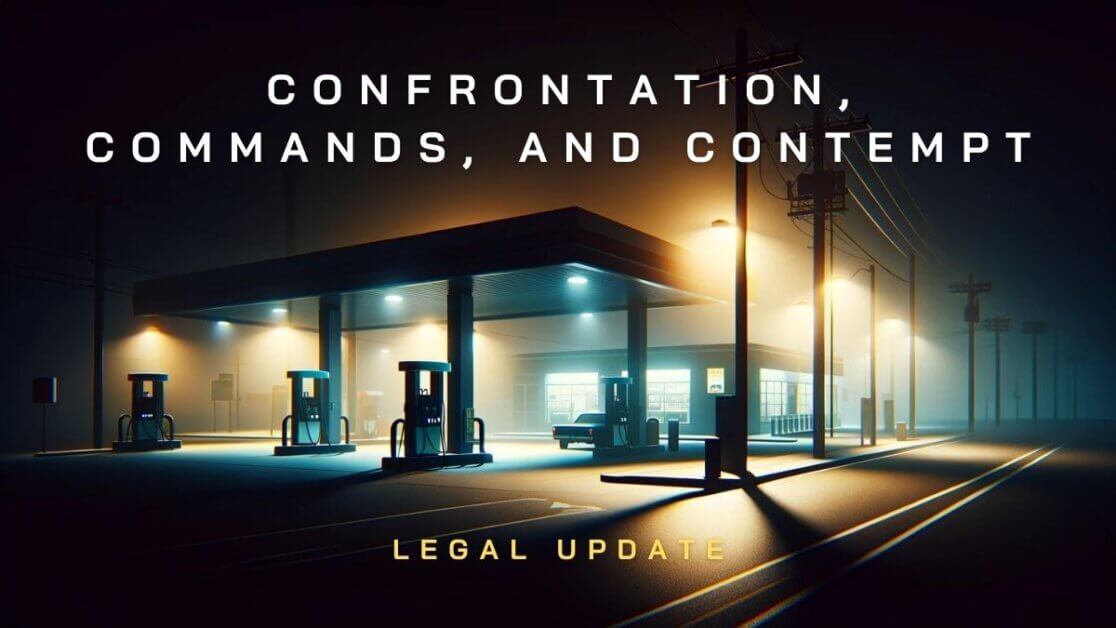On March 6, 2017, Justice Sonia Sotomayor issued an interesting concurring opinion in Perez vs. Florida[1]. In her opinion, the Justice stated that if First Amendment concerns would have been raised in the certiorari, the Supreme Court would have clarified the burden of proof that States should have to sustain threat convictions.
Facts:
Robert Perez and some friends were drinking a mixture of vodka and grapefruit juice at the beach. The group decided to go to a nearby liquor store to buy more ingredients for the drinks. At the liquor store, Perez called the mixture a “Molly cocktail” and an employee who overheard their conversation believed that he was referencing to an incendiary “Molotov cocktail”. The employee asked Perez if he was going to burn anything up and Perez and his friends made a joke about it. Perez was inebriated, however, and continued the banter, telling another employee that he had a Molotov cocktail and could blow the whole place up. Perez later returned to the store and said that he was going to blow-up the whole world. The State prosecuted Perez for violating a Florida statute that makes it a felony to threaten to throw, project, place, or discharge any destructive device with intent to do bodily harm to any person or with intent to do damage to any property of any person.
The trial court instructed the jury that they could return a guilty verdict if the State proved two elements: 1) The threat itself; and 2) that Perez intended to make the threat. This instruction permitted the jury to convict Perez based on what he stated alone, irrespective of whether his words represented a joke, the ramblings of an intoxicated individual, or a credible threat. The jury found Perez guilty and, because he qualified as a habitual offender, he was sentenced to 15 years and 1 day in prison.
In the courts below and in his petition for certiorari, Perez challenged the instruction primarily on the ground that it contravenes the traditional rule that criminal statutes be interpreted to require proof of intent.
Analysis and Holding:
The Supreme Court denied the writ of certiorari without issuing an opinion. Justice Sotomayor issued an opinion concurring with the decision. In her view, the jury instruction and Perez’s conviction raised serious First Amendment concerns that would have been worthy of review by the Supreme Court. However, because the Appellant did not raise them in the lower courts, the Supreme Court had to deny the writ of certiorari.
Justice Sotomayor explained that to sustain a threat conviction, States must prove more than the mere utterance of threatening words, some level of intent is required. Additionally, it is not enough that a reasonable person might have understood the words as a threat, a jury must find that the speaker actually intended to convey a threat.
Instead of being instructed to weigh this evidence to determine whether Perez actually intended to convey a threat—or even whether a reasonable person would have construed Perez’s words as a threat, the jury was directed to convict solely on the basis of what Perez stated. In an appropriate case, the First Amendment does not permit such a shortcut.
- 580 U.S. ____ (2017) (No. 16-6250). ↑



